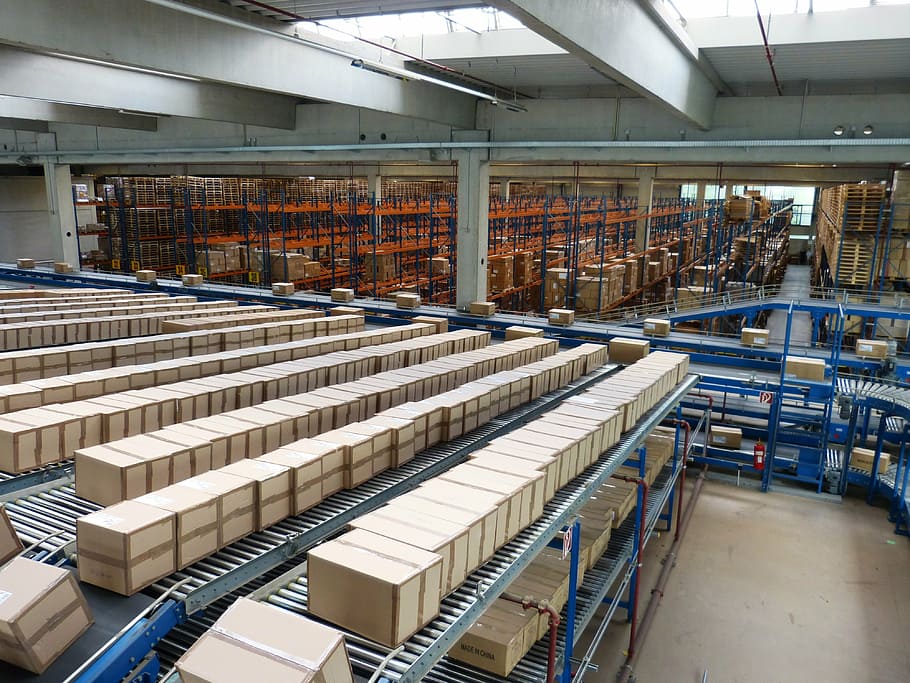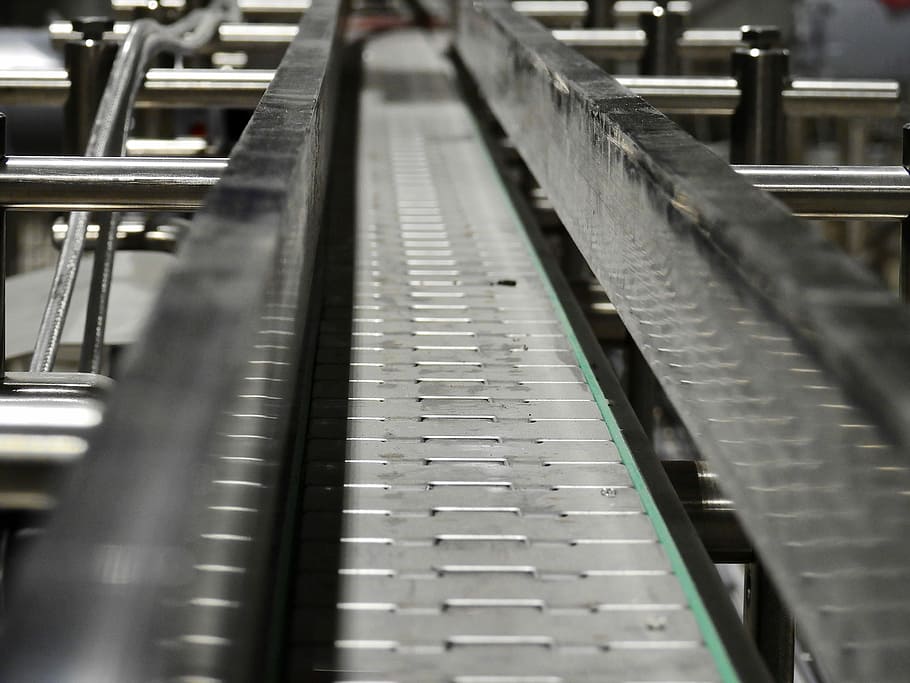
In the world of material handling and industrial operations, conveyor belts play a pivotal role. They move goods efficiently from one point to another, streamline operations, and enhance productivity. However, the performance of a conveyor system hinges on understanding its intricacies and maintaining it properly. This guide delves into the essentials of conveyor belt systems, including their types, maintenance, and optimization strategies. And remember, for intricate issues or when in doubt, calling a professional can save time and ensure your system operates flawlessly.
Understanding Conveyor Belt Types
Conveyor belts come in various types, each designed for specific applications and load requirements. Horizontal conveyor belts are the industry standard for most material handling tasks, offering a straightforward, efficient way to transport goods over short to medium distances. Inclined conveyor belts, on the other hand, are designed to move products between different elevations, essential in facilities where space is limited or specific workflow layouts are needed.
The Cog-Veyor belt system stands out for its unique design, incorporating cogs into the belt and sprocket system. This design minimizes slippage, improves product placement accuracy, and requires less maintenance compared to traditional belt systems. Light-duty conveyor belts are suitable for lower load applications, such as the pharmaceutical or food industries, where precision and cleanliness are paramount.
Routine Inspection and Maintenance
The key to maximizing the lifespan and efficiency of conveyor belts lies in routine inspection and maintenance. Regularly check your conveyor belts for signs of wear, such as cracks, fraying, or accumulation of debris. Ensure that the belts are properly tensioned and aligned; misalignment can lead to uneven wear, increased energy use, and potential system failures. Keep the conveyor belt and surrounding area clean to prevent material build-up that could interfere with operation.
Optimize Conveyor Belt Performance

Optimizing the performance of your conveyor belts involves several strategies. Firstly, consider the material of the belt in relation to the goods it’s transporting. For instance, belts made from PVC are durable and suitable for a wide range of industrial applications, while fabric belts might be chosen for lighter, non-abrasive materials.
Furthermore, ensure that your conveyor system is configured to meet the specific demands of your operation. Adjusting the speed, inclination, and spacing of products can significantly impact efficiency and throughput. Regularly review your system’s configuration and make adjustments as needed to meet changing production demands or to improve operational efficiency.
Upgrade and Retrofit as Necessary
Advancements in conveyor belt technology offer opportunities to enhance system efficiency and reliability further. Upgrading to high-quality, durable belts can reduce maintenance costs and downtime. Retrofitting older systems with new technology, such as advanced sensors and controls, can improve monitoring capabilities, allowing for real-time adjustments and predictive maintenance. When considering an upgrade or retrofit, consulting with a professional can provide insights into the most cost-effective and impactful improvements for your system.
Train Your Team
A well-informed team is crucial for the effective operation and maintenance of conveyor belt systems. Provide training on the proper use and care of the belts, including how to spot and report potential issues. Encouraging a culture of proactive maintenance can prevent minor issues from becoming major disruptions.
Professional Assistance
While many aspects of conveyor belt maintenance and optimization can be managed in-house, complex problems or significant upgrades often benefit from professional expertise. A professional can offer comprehensive assessments, recommend tailored solutions, and ensure installations or repairs are performed correctly. Calling a professional when needed not only ensures your system’s reliability but can also offer peace of mind.
Conclusion
Conveyor belts are indispensable in modern industrial operations, serving as the backbone of efficient material handling. By understanding the different types of conveyor belts, committing to routine maintenance, optimizing performance, and seeking professional advice when necessary, businesses can significantly improve their operational efficiency. Remember, investing time in maintaining and optimizing your conveyor belt system is investing in the productivity and success of your operation.
